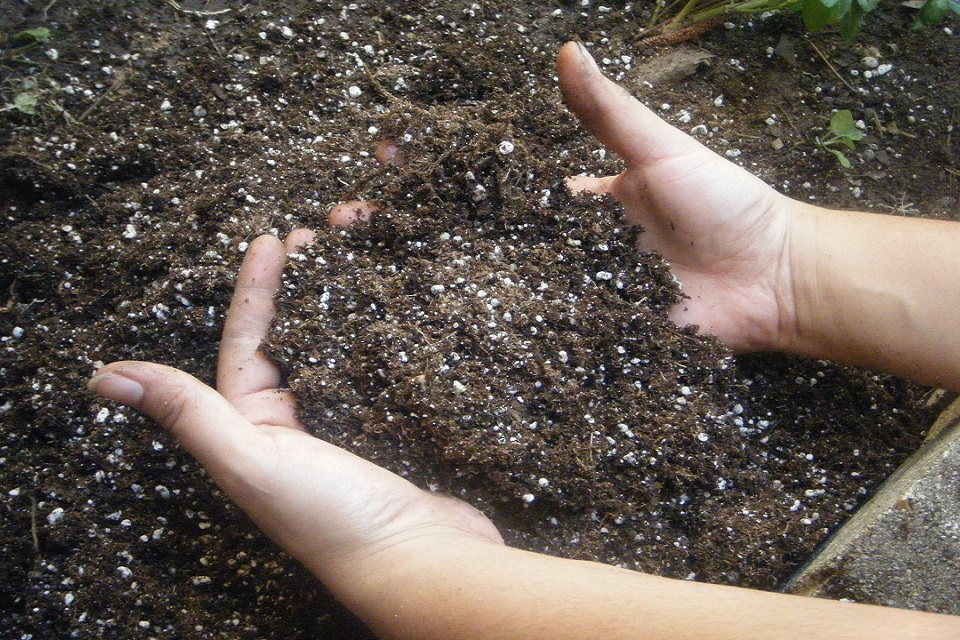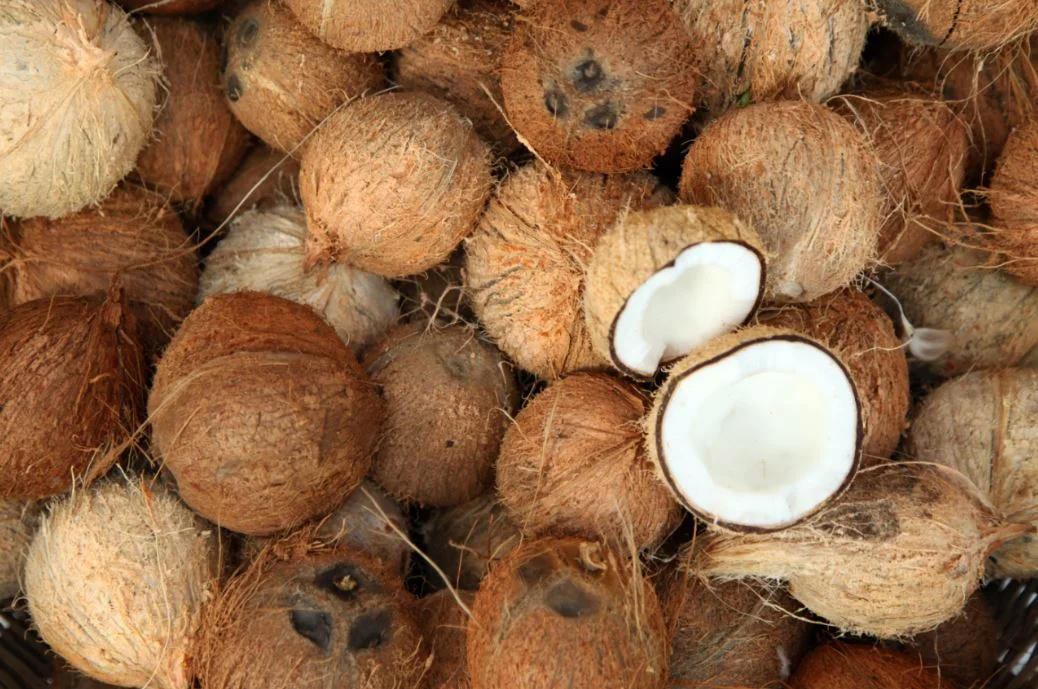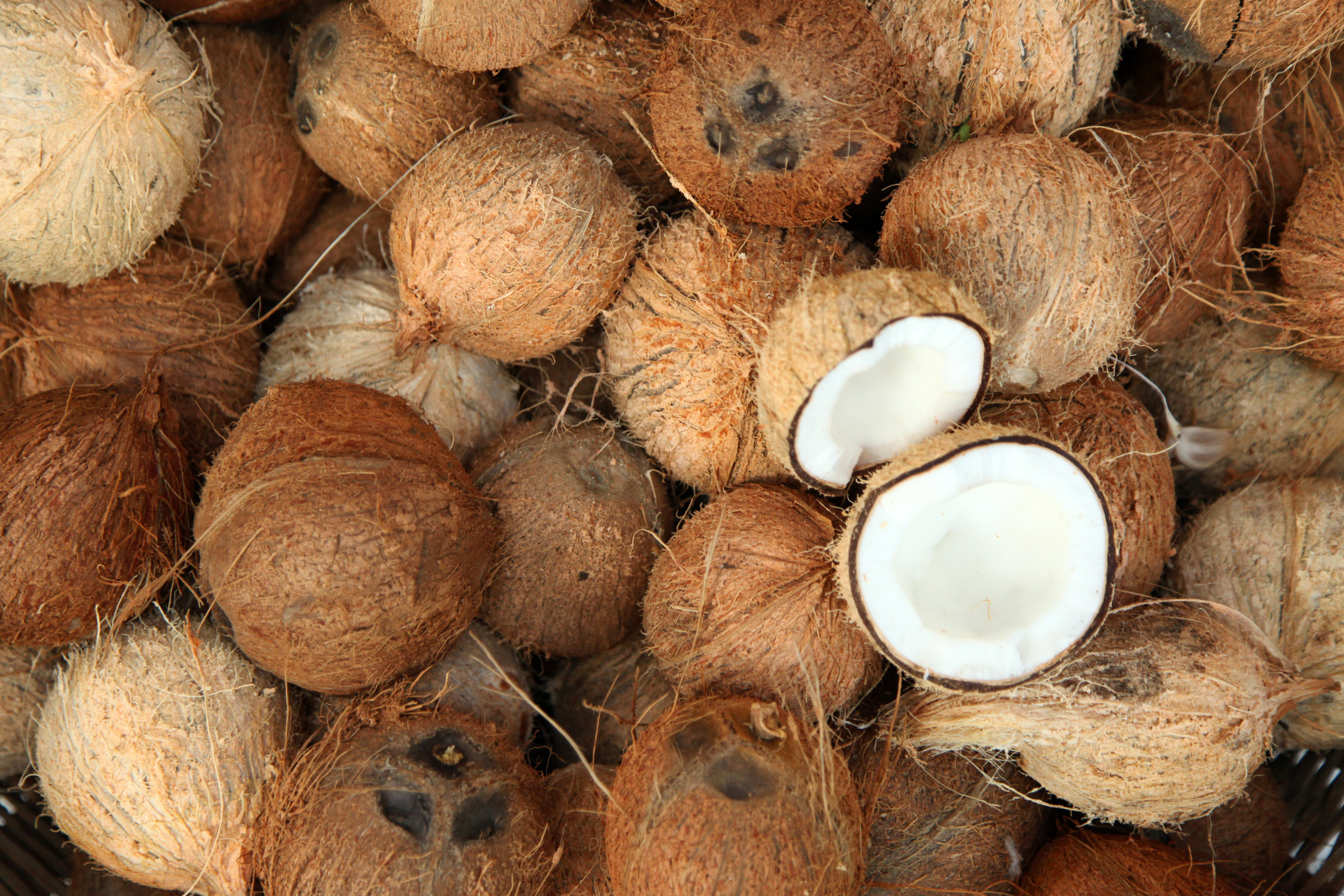LEARNING CENTER
Activated Carbon Coconut Charcoal, "The new soil" and the fight against CO2 emissions
The increase of popular branded media leads to consequences such as increase in soil acidity, increased fertilization costs, loss of moving parts and the threat of environmental health. In order to compensate for this, an alternative must be put in place that can influence the progression of agricultural soils. They must be able to contribute to the fixation of nutrients and make them available to plants. Activated Carbon Charcoal addresses this concern as a direct alternative. Activated Charcoal contributes to the immobilization of nitrogen and in fact, the addition of charcoal in heavily weakened tropical soils improves their physical, chemical and biological properties. As a result, these soils can acquire good cation exchange capacities (CEC) and better capacities to retain and recycle nutrients over long periods of cultivation. Activated Coconut Charcoal also influences the biological structure of the soil by its composition and abundance. It has a high ratio surface to volume and a high affinity for inorganic ions.
Its use in cropping systems contributes to the reduction of greenhouse gas emissions. The incorporation of activated coconut charcoal on the soil modifies its water state and influences the root development of plants as well as the fauna of the soil. It acts as an adsorbent complex of nutrients, and so helps the soil to fix nutrients like carbon, nitrogen, phosphorus, potassium and calcium. This work is in the context of improving farmers’ incomes by reducing the costs of inputs.
COCONUT SHELLS AND BIO-MASS
Coconut shell is an agricultural waste and is available in plentiful in many tropical countries such as the Philippines. In many countries, coconut shell is subjected to open burning which contributes significantly to CO2 and methane emissions. Coconut shell is widely used for making coconut charcoal for fueling factory expeller machines and boilers. The charcoal produced using traditional methods (pit burning, barrel burning) is of variable quality and often contaminated with extraneous matter and soil. The smoke evolved from the pit method is not only a nuisance but also a health hazard.
The coconut shell has a high calorific value of 20.8MJ/kg and can be used to produce steam, energy-rich gases, bio-oil, biochar etc. It is to be noted that coconut shell and coconut husk are solid fuels and have the peculiarities and problems inherent in this kind of fuel. Coconut shell is more suitable for pyrolysis process as it contain lower ash content, high volatile matter content and available at a cheap cost. The higher fixed carbon content leads to the production to a high-quality solid residue which can be used as activated carbon in wastewater treatment. Coconut shell can be easily collected in places where coconut meat is traditionally used in food processing.








